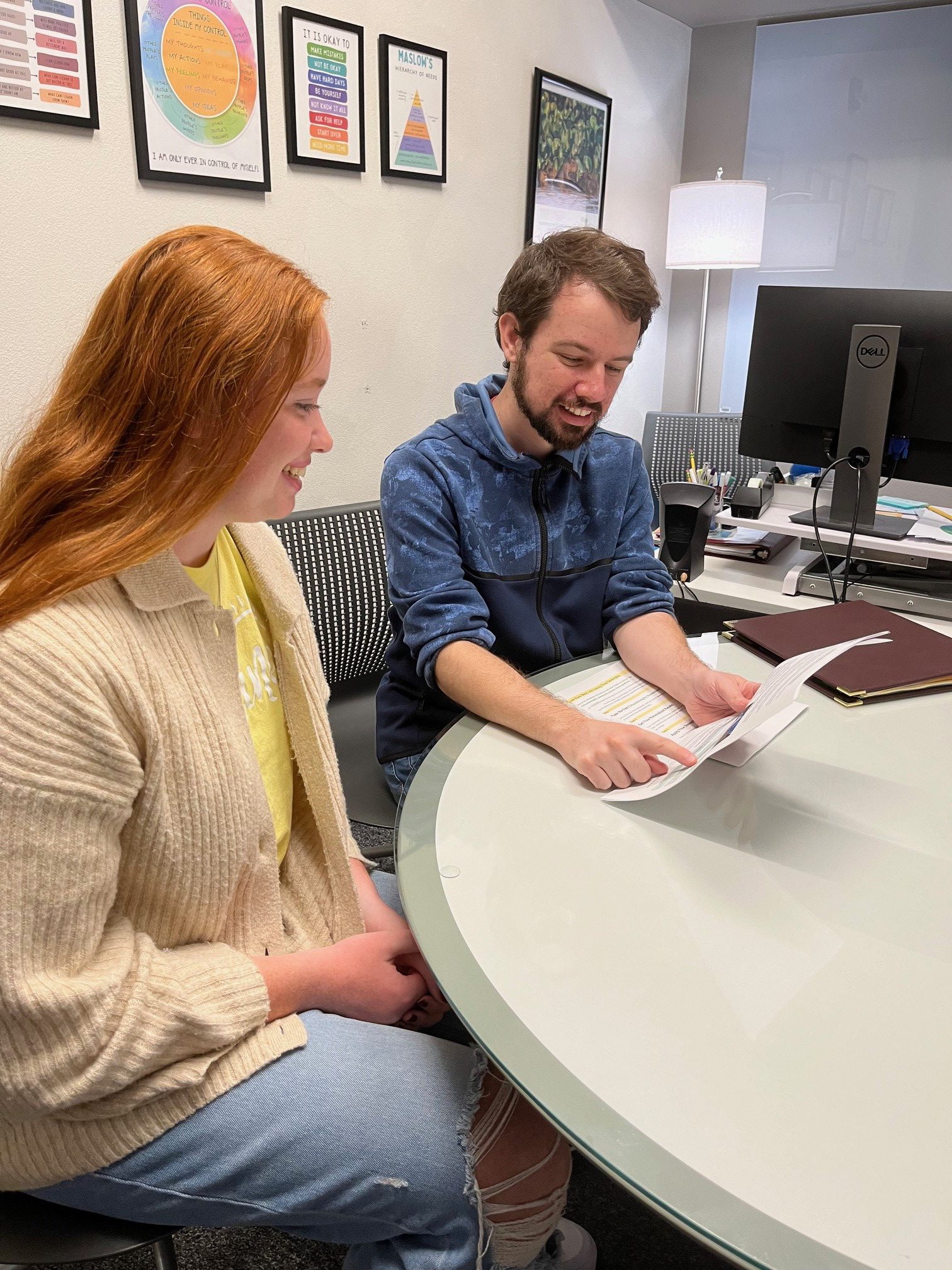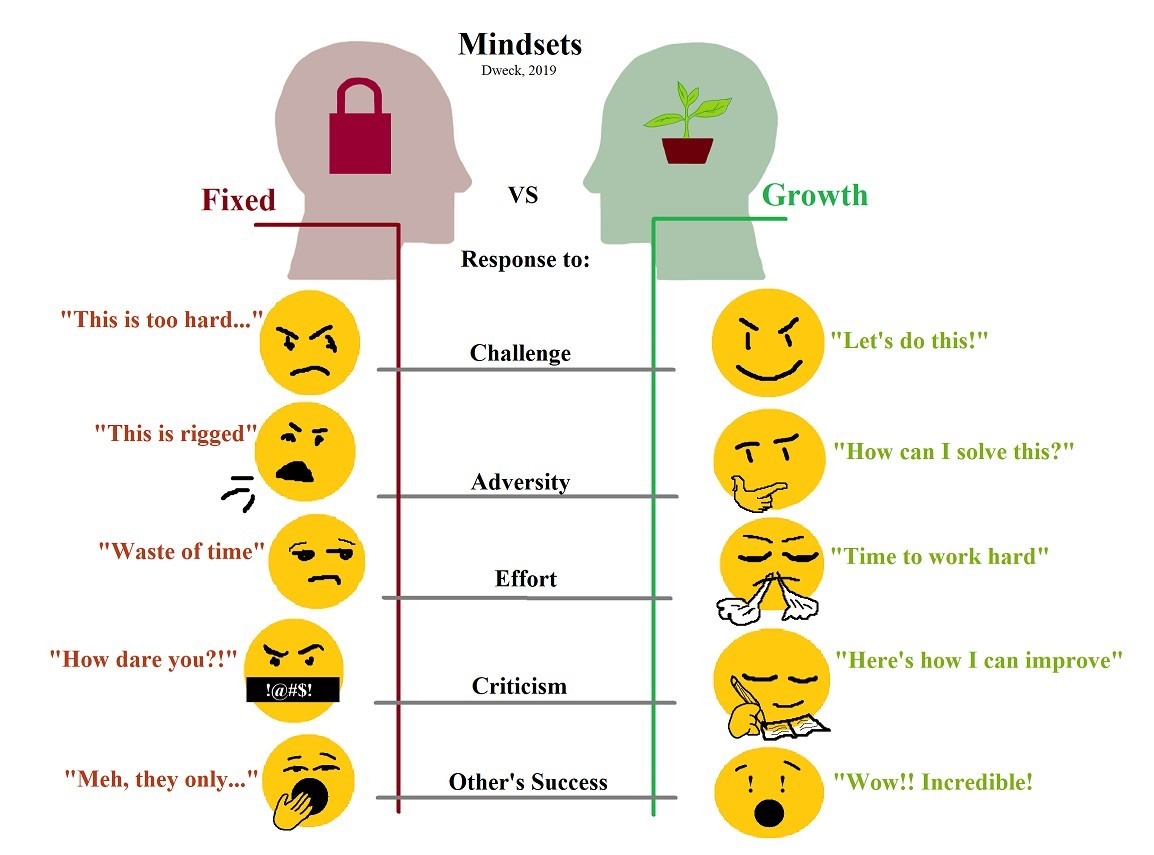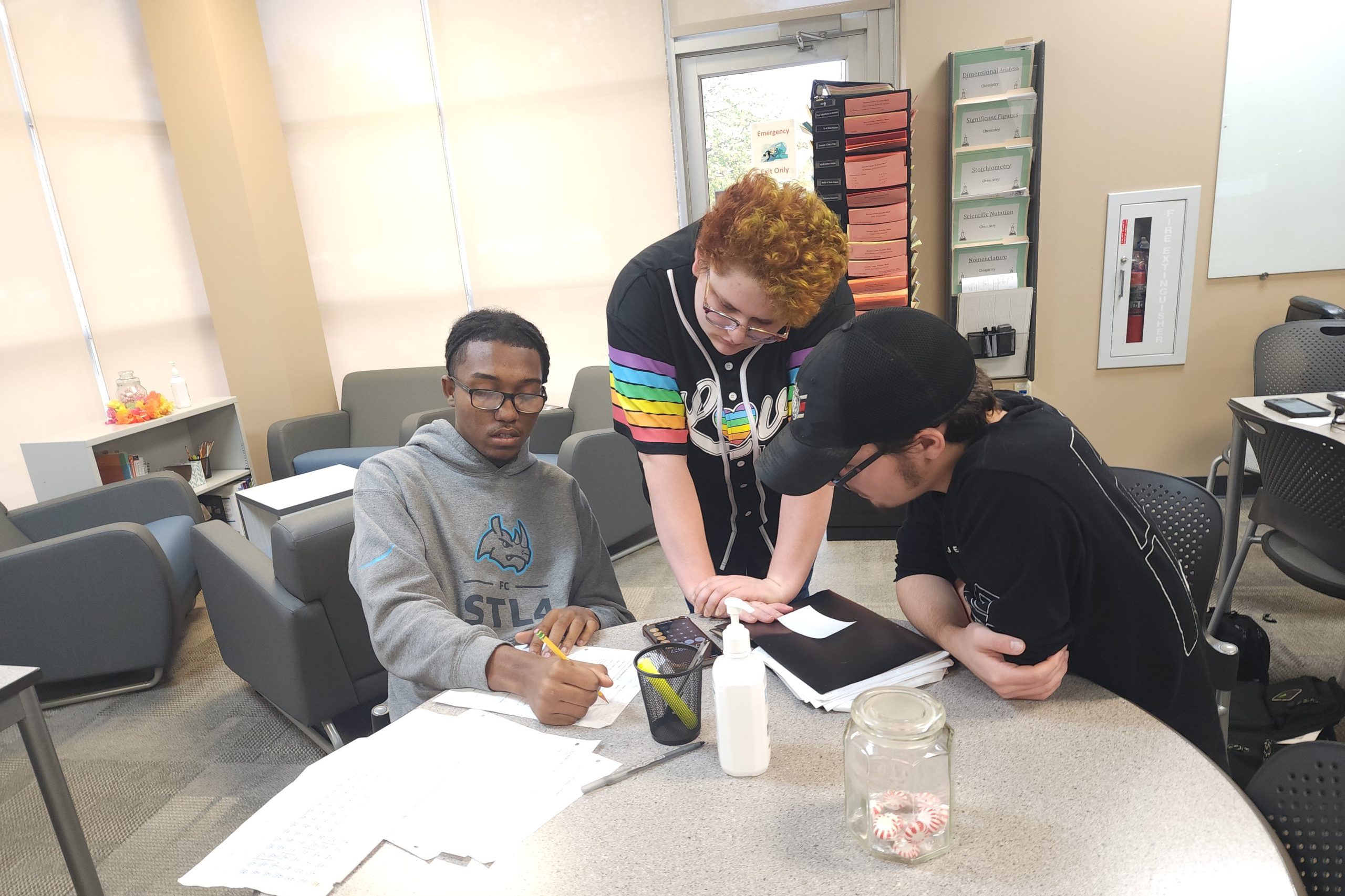
Want to know how I made tests go from soul-crushing failures to exciting puzzles I wanted to solve? Well let me tell you a little story. It was summer, and I recall everyone talked about vacation.
This was back in the day, and I was excited to take classes. Well, not always, in all honesty. But after I learned some cool things about mindset and perspective, the way I looked at things changed dramatically.
As my attitude evolved; I found I was no longer working, but excited to challenge myself and solve little mysteries in learning.
This whole transformation was due to the research of Stanford University psychologist and author of Mindset: The New Psychology of Success Carole Dweck. Her work led to the idea that mindset (beliefs) are more important than talent or intelligence in determining a person’s success. Dweck wrote that a fixed mindset limits the individual, while a growth mindset encourages, well, growth and change.
Dweck explained:
A fixed mindset is the belief that intelligence and talents are fixed traits that created success – not effort. The fixed mindset creates an internal monologue focused on judging. If it’s hard for me, I must be a loser.
Growth mindset: The belief that the most basic abilities can be developed through dedication and hard work. They constantly monitor what’s going on without judging. Always asking, How can I improve?
The steps below spell out how to make the change.
Steps to Turn a Fixed Mindset to a Growth Mindset
Step1. Learn to hear your fixed mindset “voice.”
When you hit a setback or face criticism, the fixed mindset voice creates self-doubt. Identify negative thoughts and the message.
Step 2. Recognize that you have a choice.
It is your choice how you interpret setbacks and challenges. You can interpret them as signs that you are permanently lacking, or as a signal that it’s time to try new strategies, consider advice, and increase efforts.
Step 3. As you face challenges, setbacks, and criticism, respond to your fixed mindset voice with a growth mindset voice.
Step 4. Take the growth mindset action.
Over time, which voice you follow becomes pretty much your choice. Practice hearing both voices, and practice acting on the growth mindset. See how you can make it work for you. All it takes is some practice to turn your limiting language into supporting, encouraging self-messages.

Sources:
Dweck, C. S. Mindset: The New Psychology of Success, 2006. Random House.
Growth mindset brain image. Retrieved 23 May, 2024, from www.flickr.com/photos/paulapiccard/43058632290
